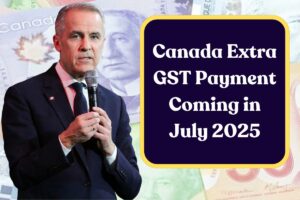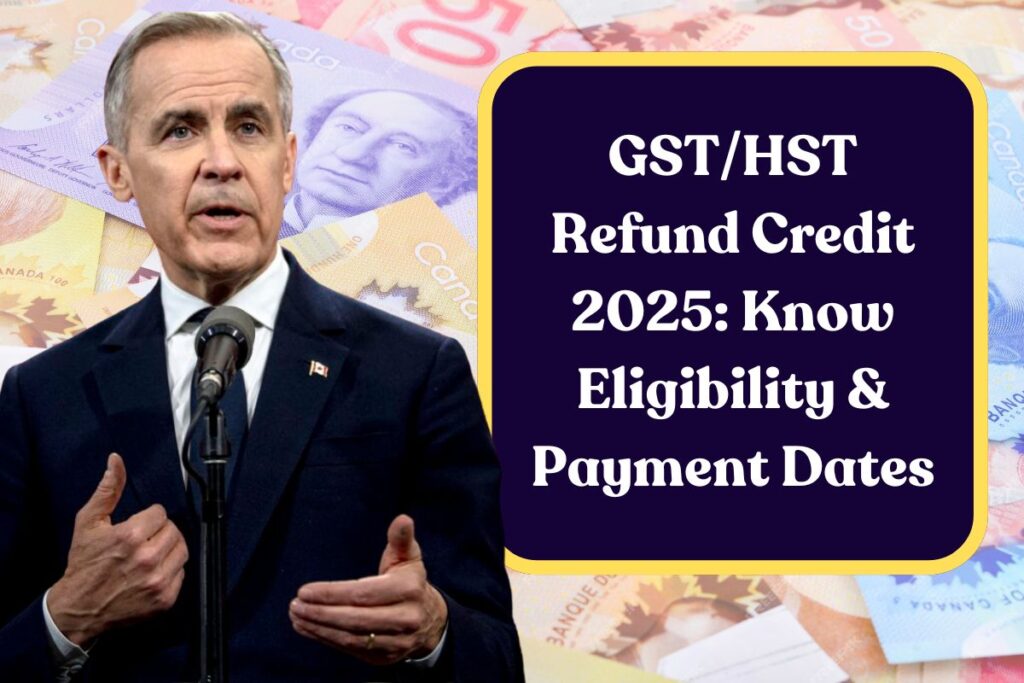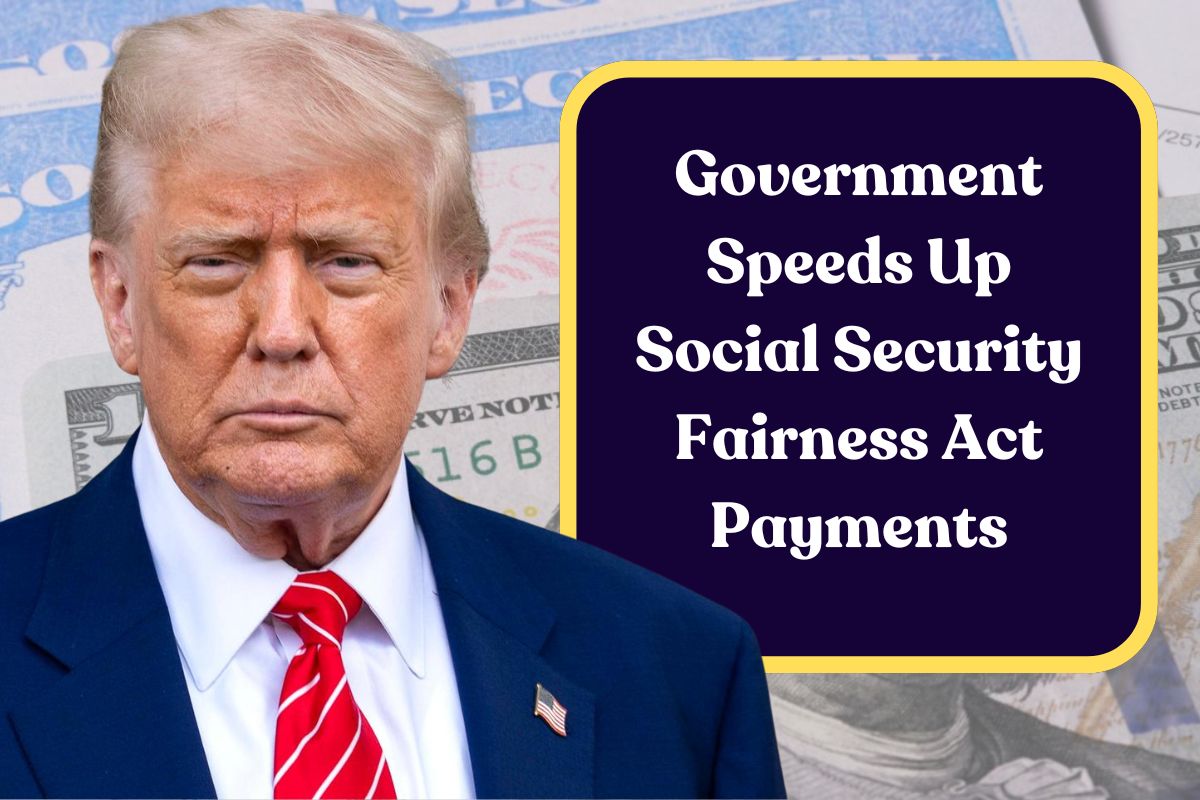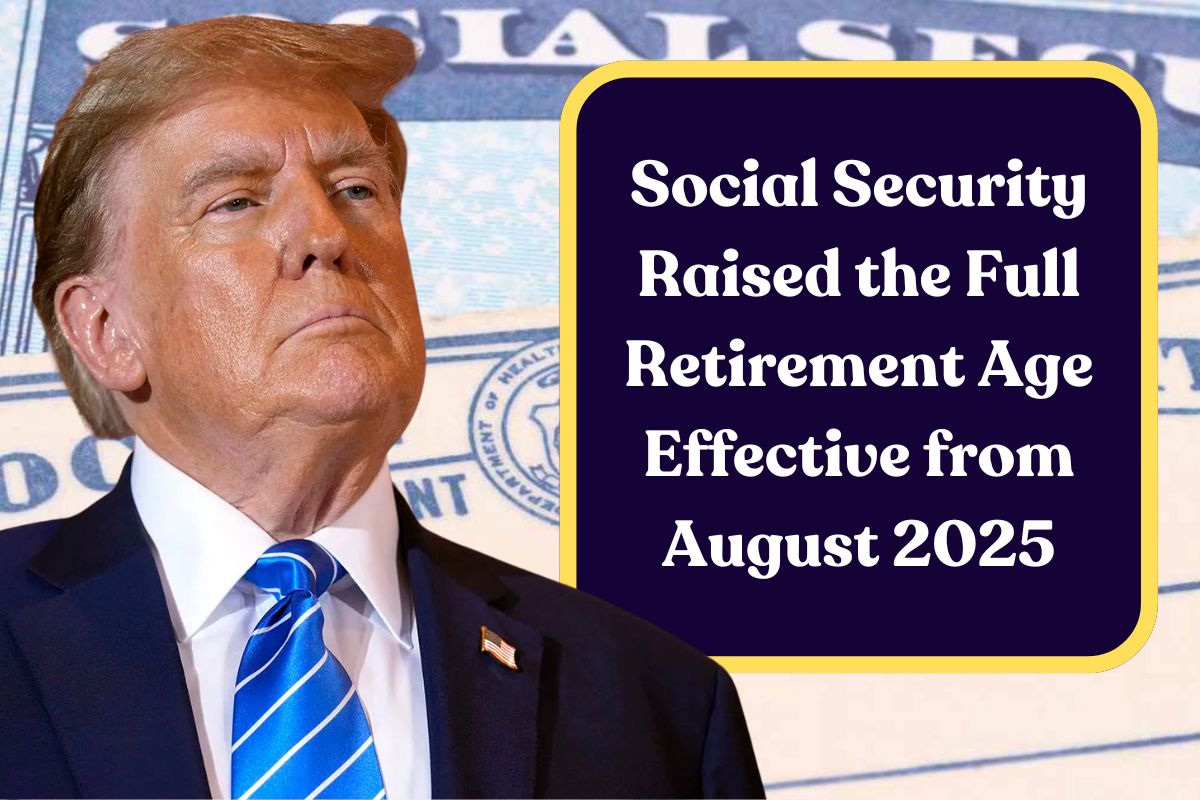Have you ever noticed that you are paying double the amount for things that were way cheaper if you look over the past 5 years? The prices of daily goods and services have been increasing day by day, and people who are earning mid or below level income are suffering the most from inflation.

Now, if a person wants to buy a simple product, let’s say a smoothie, as they want to make a healthy choice, but they will think twice before buying, as it would feel like an extra expense. And this was not the case even 5 years ago.
Looking over these inflation trends, governments of many countries have initiated some relief measures to help their people. Similarly, in Canada, a federal scheme has been launched to fight the ongoing inflation known as the GST/HST credit.

GST/HST Refund Credit 2025
The federal government of Canada has launched the GST/HST credit, which provides some financial relief to those individuals who are taxpaying residents of the country. These credits are tax-free payments that are intended to help those people who have low or modest annual incomes. It was estimated that between the years 2019-2020, there were around 11 million Canadian residents who had been paid the HST/GST credit. And since it is mid-2025, many Canadians can now expect a raise in their GST/HST credit.
The payments are reviewed by the Canada Revenue Agency, and the amount is adjusted on an annual basis. Those people who are the recipients of the GST/HST credits will be able to see a rise of 2.7% in their July payments. This rise is because of the latest inflation trend in the country. If you are curious about the payments and want to know if you are eligible for them, make sure to read the complete article. This article will cover everything from payment dates to eligibility criteria for the GST/HST credit 2025.

GST/HST Refund Credit Payment Dates and Eligibility: Overview
| Article on | GST/HST Refund Credit Payment Dates and Eligibility |
| Country | Canada |
| Department | Canada Revenue Agency |
| Beneficiary | Canadian residents with low-to-mid-level income |
| GST Credits | As per the income return filed in 2024 by the beneficiaries |
| Category | Government Aid |
| Payment Frequency | Quarterly |
| Official website | Canada.ca |
What is the GST/HST Refund Credit?
Before going into what is GST/HST credit let’s know what exactly GST is. Whenever a person pays for a good or a service, there is an additional tax taken on each purchase. That is known as Goods and Services Tax. In some categories, the GST is merged with the provincial sales tax, and it is known as the HST (Harmonized Sales Tax).
Now, what the government has done is to pay a rebate on these taxes to those whose earnings can be considered mid-level or low-level. The payment is issued under the Department of CRA (Canada Revenue Agency) and is a quarterly payment. This means those who are eligible for the payment will receive it 4 times a year.


Eligibility Requirements for Receiving the GST/HST Credit
There are certain requirements laid out by the CRA to receive the GST/HST credit. The requirements are mentioned below.
- The income threshold – To obtain the amount, the income of a household or a family has to be below $72244. Now, this will also depend on an individual’s marital status and the no of children or dependents they have.
- The Residency – One must be declared a Canadian resident both for income tax purposes and CRA credit payments, one month before the procedure begins.
- Marital Status – One must have or have had either a spouse or is/was with a common-law partner. And if one has a child or has had any, they should have been staying with their child or children.
- Age – To claim the amount, one must be at the age of 19 before claiming the quarterly credit refund.

Process for claiming the GST/HST credit
If a person is a resident of Canada by birth and every year files for the annual tax return, they will be eligible by default for the GST/HST credit, even if they do not have any income to show. However, they will need to show that their earning are below the average earnings of the country, but otherwise they will be eligible.
If someone has shifted to Canada recently and has the aim to become a resident in the country, then they have to fill out a form and submit it to their local tax center. There are different kinds of forms that depend on whether the person is having children or not.
- If a household or a person is having children, they will need the Form RC66. It is the Canada Child Benefits Application. This form will be considered for both the GST/HST credit and to enjoy the child and family benefits provided by the Canadian federal government.
- If a person is not having a child, then they will simply need to fill out the form RC151, which is the GST/HST Credit Application for Individuals Who Become Residents of Canada.
Payment dates for the GST/HST Credits in 2025
The CRA has declared the quarterly payment dates for the GST/HST credit for the year 2025. The dates are mentioned in the table
| Quarterly Payments | Date of the Payment |
| 1st Payment round | 3rd January 2025 |
| 2nd Payment round | 4th April 2025 |
| 3rd Payment round | 4th July 2025 |
| 4th Payment round | 3rd October 2025 |
The payments will be made through either direct deposits into the beneficiary’s account or by sending them a paper check. The recipient has to mention the preferred mode of payment when they fill out the form. It is preferable to opt for direct deposits as they have a lower chance of missing payments. If someone opts for direct deposit, then they do not have to worry about lost mail or paper checks; the money will be directly deposited into their account.
The CRA provided the option for paper checks, too, if someone is more comfortable with that. However, they should keep in mind that this payment mode can sometimes be risky and takes a longer time than direct deposit transfer.
| Official Website | Click Here |
| Homepage | BlackSea-Commission.org |






